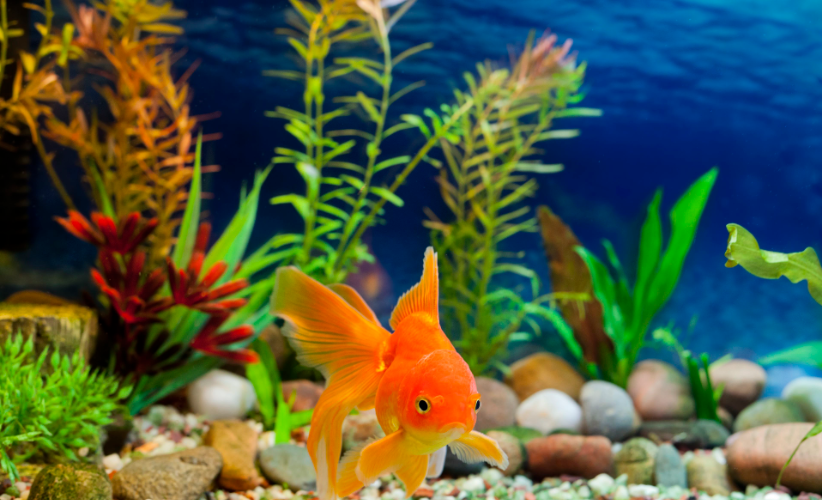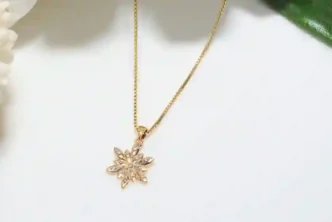As the owner of a freshwater fish tank, you should follow a monthly cleaning schedule and do a good job of testing the water. Rather than using chemical cleaners, bleach, or other abrasives, use warm water and elbow grease to clean the aquarium. You should also check filter assemblies and tubing for any remaining debris. Scrub the tubing with a scrubbing brush.
Testing the water quality in a fish tank
There are many methods of testing the water in your fish tank, but the most effective is by using a liquid-testing kit. These kits contain everything you need to test the water, including nitrites, nitrates, carbonate hardness, and pH. These kits also come with a convenient test tube and a color chart. These kits can be used to determine any imbalances in your fish’s environment.
Aquarium tests are available in a variety of forms. Some are strip-based, while others require you to collect a sample of the water. Some of these kits contain basic test strips and reagents, while others require a small amount of water. Some tests take twenty minutes to complete, while others may take several hours. For this reason, it’s important to know the parameters of your water before adding your new fish to the tank.
How do you prevent fish from dying?
Testing the water parameters in a fish tank is essential to prevent your fish from getting sick or dying. Fish can only be kept healthy if the water is free of harmful substances like ammonia. Regular testing will help you spot any changes before they turn into a disaster. You’ll have peace of mind knowing your fish are happy and healthy. So, why not give it a try? You’ll be glad you did.
It’s important to test the water chemistry in your fish tank on a regular basis. If your water doesn’t look clear, it may be due to the Nitrogren Cycle. This chemical cycle can quickly lead to a buildup of ammonia in your fish tank, which can cause your fish to gasp for air. To prevent this from happening, you can contact Aquatech Aquarium Service to conduct tests frequently and keep a record of the previous results.
PH is an important indicator of the pH in your aquarium. Water PH varies over time, depending on where your fish live. For most tropical fish, varying water hardness is perfectly fine, but if you have a lot of new water, you may be throwing their nitrogen cycle off the rails. This can result in a pH shock and an ammonia spike. Fortunately, most store-raised fish are tolerant of water with varying levels of hardness, but some are not.
Choosing a filter for a fish tank
You can use a hang-on power filter or an external filter, depending on your needs and the size of your fish tank. A hang-on filter uses a pump to suck water up its supply tube and flows through compartments containing various media, eventually flowing back into the saltwater tank. These filters come in many different sizes, and a good rule of thumb is to choose one that can handle water flow at six times the volume of the tank. This means that, for a 30-gallon tank, you should choose a filter with a flow rate of 200 gallons per hour.
Choosing a filter for a fish aquarium is essential if you want your fish to live in a clean, healthy environment. Without a proper filter, your water is likely to become over-polluted within the first week of keeping the tank. In addition to causing harm to your fish, you may even be able to kill them. You can choose between an internal power filter or an external power filter.
Which Fish Tank is Easiest to Maintain?
The answer depends on what you value most. If you value a little peace of mind, you might be looking for an aquarium that is easier to maintain. You may want to opt for a self-cleaning aquarium, or go with an acrylic tank. You might also be interested in Betta fish versus Molly fish. But which of these two species is better for your aquarium? Read on to learn about the maintenance needs of both of these species.
Self-cleaning aquarium
Self-cleaning aquariums are the most convenient types of fish tanks. They require little maintenance and give off a soothing vibe. Typically, these tanks come in smaller sizes that are perfect for only a few fish species. If you plan to keep a larger number of fish, consider purchasing a larger tank. These types of tanks are cheaper to purchase than several separate, small ones. However, they don’t work well with a large variety of fish.
Glass versus acrylic aquarium
One of the biggest differences between a glass and acrylic aquarium is the ease with which they can be assembled. Glass is very fragile and can scratch easily, while acrylic is not. Glass is also very difficult to clean – debris and bacteria can build up in a sponge, and scraping the sides of an acrylic aquarium can ruin the beauty of the fish. On the other hand, acrylic is more durable – its edges will stay together, unlike glass, which will chip or break if something falls on it. And the latter is not suitable for unusual shapes.
Molly fish
Because of their colorful scales and easy-going personality, Molly Fish make for excellent pets. They require little attention, require little space, and are easy to maintain. Unlike most other types of fish, they do not require much space in your fish tank. They make great companions for both novice and experienced fish keepers. Here are some tips to make keeping your Molly fish a breeze.
Betta fish
Among the various types of aquariums, Bettas are among the easiest to care for. Their labyrinth lungs allow them to breathe atmospheric air and thrive in small aquariums. Many people do not use a filter with a Betta fish tank, and this is because they are so easy to care for. Bettas require minimal maintenance, but they will need an aquarium heater. The best way to maintain the temperature in a Betta fish tank is to change the water at least 25% of the time. To ensure proper temperatures, use an aquarium thermometer.
Resilient tetras
Most tetras are omnivorous, so a small aquarium is fine, but larger tanks are easier to maintain. Tetras also do better in schools of six or more and look their best in well-decorated tanks. Make sure to select a dark substrate to accent their vibrant colors. Also, make sure to provide a steady current for tetras, preferably one that is mild and gentle.
Rummy-nose tetras
Despite their name, Rummy-nose tetras have no natural defenses against disease, which makes them among the easiest fish to maintain in a fish tank. Disease is often caused by overfeeding, poor water conditions, and incompatible tank mates. A thorough cleaning of your tank will reduce the chance of disease and illness. To prevent Dropsy, perform minor water changes once a week or once every three weeks. If you notice white patches on your fish’s body, they have the disease and should be quarantined. Dropsy, also called bloat, is caused by an excess buildup of fluid in the body.
Pearl Danios
The best way to care for your pearl danios is by providing the proper habitat. The most suitable tank size for this species is a 10 gallon aquarium. These peaceful fish can breed quickly and are able to thrive in small tanks. If you have space to expand your tank, this fish will happily live in an extended tank. However, if you have limited space in your tank, it may be better to keep two species of danios.





